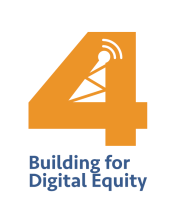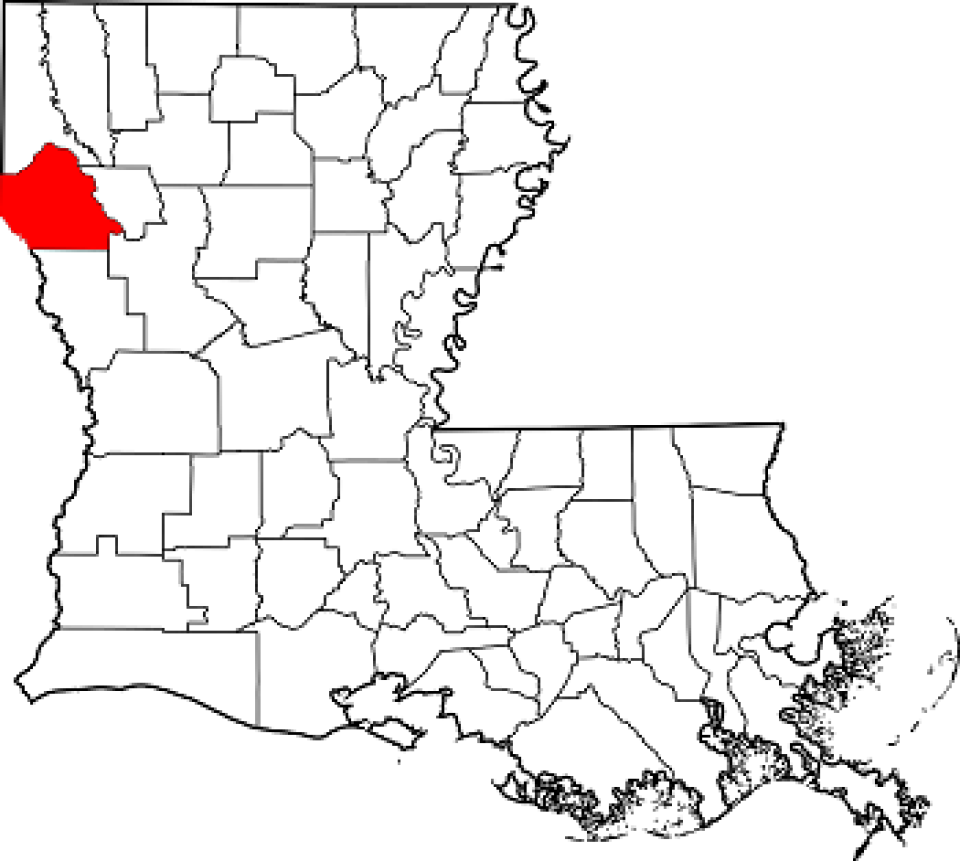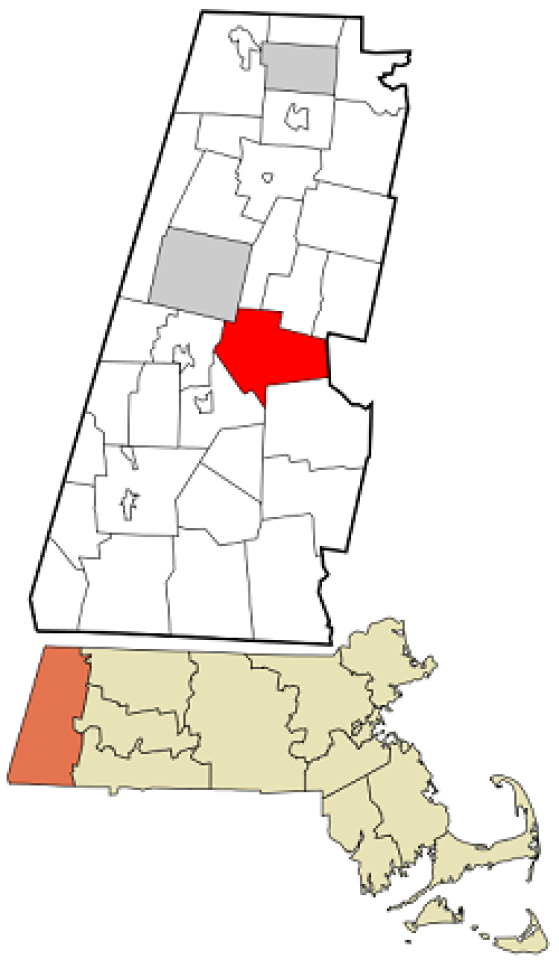
Fast, affordable Internet access for all.


Ini Augustine is a technologist who was ready to organize with her community to improve access to computers and Internet access when the pandemic hit and many low-income neighborhoods in Minneapolis and Saint Paul were cut off from education and other resources. More recently, she organized the Black Broadband Summit and the Family Broadband Coalition. We talk about her work and the promise and challenge of forming a cooperative to bring better Internet access to people who have been abandoned by traditional business models.
We also talk about whether kids in North Minneapolis would be in better shape today than they were in 2020 if they suddenly were cut off from school again. And who should be taking responsibility to make sure that answer is yes?
Her work has been featured in Minnesota Public Radio as well as Sahan Journal. Follow their progress on Instagram as well - Project Nandi.
This show is 15 minutes long and can be played on this page or using the podcast app of your choice with this feed.
Transcript below.
We want your feedback and suggestions for the show-please e-mail us or leave a comment below.
Listen to other episodes here or see other podcasts from the Institute for Local Self-Reliance here.
Thanks to Joseph McDade for the music. The song is On the Verge and is used per his Free-Use terms.
Consultants working with the City of Mansfield – the seat of DeSoto Parish – are nearing completion of a comprehensive community assessment as the small northwest Louisiana community of about 4,500 is setting the table to build a municipal fiber network.
In October 2021, Mansfield’s five-member city council voted unanimously to hire Louisiana Connected to lead the study in partnership with Lit Communities. After the council vote, Mansfield Mayor John H. Mayweather, Sr. described the decision as the first step in establishing a public-private partnership to bring reliable and affordable high-speed Internet access to every household and business in the city.
In a press statement released after the October vote, Mayor Mayweather said:
Representatives of Louisiana Connected were allowed to make a presentation to the City Council at one of our meetings earlier this year regarding a consideration to build our own broadband system. After hearing the advantages of bringing such a network to Mansfield, we were on board then. And now after listening further, we are even more excited about this opportunity. This will be good for all the citizens of Mansfield.
Pandemic Push to Action
As with many communities around the county now considering building their own municipal broadband network, a major motivator for Mansfield was the number of students in this majority African-American city who struggled to participate in distance learning triggered by the pandemic.

In a press release after the vote to move forward with the community assessment, Mansfield parent LaKimberly Edwards spoke to the need for universal access to high-speed Internet connectivity.
While a national debate rages over immigration and the border wall, just 30 miles north of the U.S.-Mexico border, Harlingen city officials are coming together to plan the building of a bridge – across the digital divide deep in the heart of the Rio Grande Valley.
When Harlingen (pop. 75,000) was founded at the turn of the 20th century, it established itself as a prominent commerce and transportation hub – the “Capital of the Rio Grande Valley” at “the crossroads of South Texas.” Over the years, thanks to its fertile delta soil, the cultivation of citrus fruit, grain, and cotton became a major part of the local economy. Today, however, the biggest industry in the second most populous city in Cameron County is healthcare.
As attractive as Harlingen has become to residents and visitors – with its extensive park system and tropical bird-watcher’s paradise (the city happens to be located where two primary avian flyways converge) – one thing the city lacks is adequate access to broadband, which is particularly acute among households with school-aged children.
Pandemic Spurs City into Action
That realization was the impetus behind a recent city commission vote to move forward with a feasibility study to determine how the city might build a broadband network and whether it should rely on fiber, fixed wireless, or a mix of deployment technologies to modernize Harlingen’s telecommunications infrastructure.
“What brought this to our attention was of course the pandemic,” City Manager Gabriel Gonzalez told Valley Central News. “When the school district had to go to virtual learning, we found out that there were students and some families that did not have access to (the) Internet.”
Update, 1/22/22: Common Sense Media has released an easy-to-read, comprehensive guide to federal broadband funding opportunities. Read it here.
In response to the Covid-19 pandemic, Congress and the Biden Administration passed two federal stimulus relief packages with historic levels of funding for programs devoted to advancing digital equity – the American Rescue Plan Act (ARPA) and the Consolidated Appropriations Act (CAA).
In early August, legislators in the U.S. Senate passed the Infrastructure Investment and Jobs Act, a $1.2 trillion infrastructure package which continues many of the federal programs started by previous relief packages and includes $65 billion more for expanding high-speed Internet infrastructure and connectivity. Members of Congress returned from their summer break on September 20th and U.S. House Representatives are expected to vote on the infrastructure relief bill, which enjoys bipartisan support, on September 30th.
This guide consolidates the different funding opportunities made available through various relief packages to assist communities interested in accessing federal funds to expand broadband infrastructure and digital inclusion services. It updates ILSR’s Community Guide to Broadband Funding released in April of 2021, which describes programs established under ARPA and CAA in more detail, provides additional resources and answers FAQs.
Important upcoming deadlines are bolded throughout this guide.
Infrastructure Investment and Jobs Act – Pending
Even before the central Florida city of Ocala in Marion County became officially known as “The Horse Capital of the World,” the city – home to 61,810 Floridians and over 1,200 county-wide horse farms – was already galloping toward high-speed Internet connectivity. In recent years, the Ocala Fiber Network (OFN) has expanded into offering residential service, trotting carefully towards a citywide fiber-to-the-home (FTTH) finish.
It began in 1995 with the Ocala municipal electric department upgrading its substation monitoring (SCADA) system, which has been estimated to have saved the city $25 million in networking costs since. Over the past two years, OFN has extended the network to bring affordable, reliable, high-speed Internet service to city residents, neighborhood by neighborhood.
While the municipal network has been providing high-speed Internet service for the past decade to area businesses, healthcare facilities, community anchor institutions, and schools throughout the county, OFN launched residential service in 2019 and is now serving 2,500 residential subscribers in four city neighborhoods.
“We did four pilot neighborhoods. Our target goal was to have a 30 percent take rate in each neighborhood. In the largest neighborhood (the Highlands neighborhood) with a thousand homes, we have a 42 percent take rate. We still have a challenge in one neighborhood (Happiness Homes) with about a 10 percent take rate that we think is mostly an educational challenge,” Ocala Fiber Network Director Mel Poole told us in a recent interview.
The Searsport Broadband Committee is pushing forward with a plan to bring a Fiber-to-the-Home (FTTH) network to town residents. The committee hopes to hold a special town meeting soon, where residents will be asked to vote on a bond to pay for it.
Searsport, Maine (pop. 2,600), known for being “the home of famous sea captains” and the “Antique Capital of Maine,” is certainly not an antique when it comes to the town's perspective on the necessity of broadband and the long-term benefits that come from investing in fiber.
“There’s a saying, ‘it’s future-proof,’” Searsport Town Manager James Gillway told the Bangor Daily News. “It’s so far ahead of what copper wire does. It’ll give us better connectivity, and we would run it, own it, like any other utility. That way, we can control the cost. We can be super competitive.”
The town recently put out an informational booklet to educate residents on what this network would look like.
The network is estimated to cost between $2.5 million and $3 million, with the town seeking state grants to help cover some of the costs. Residents will have the option to subscribe for $60 to $70/month with speeds going up to 1 Gigabit per second (Gbps). Early news coverage suggests the town would contract with Axiom Technologies of Machias to be the Internet Service Provider (ISP).
Like many communities we’ve been covering over the course of the pandemic, working from home and distance learning has really put a spotlight on the need for fast, reliable Internet access in Searsport.
The town received a $13,000 grant that it applied for back in July 2020 to help boost it’s free public downtown Wi-Fi, which the town believes will “set [them] apart and make [them] more of a destination then a rest stop or pass through town.”
As the oldest son of the legendary folk singer Woody Guthrie, Arlo Guthrie — the Town of Washington, Massachusetts’ most famous resident — built a name for himself as a singer-songwriter by letting folks know, “You can get anything you want at Alice's Restaurant.”
But if you ask the town’s Broadband Manager Kent Lew, there was one thing that was not on the menu in Washington before last year: high-speed Internet connectivity.
That’s no longer the case as the small town of Washington (pop. 549) has been on the vanguard of rural communities in the hill towns of the Berkshires that have built out (or are in the process of building out) Fiber-to-the-Home (FTTH) networks to bring gigabit speeds and affordable connectivity for residents for decades into the future.
The Pandemic: Curse & Blessing

“On the eve the Governor announced the (pandemic) shut down in March of 2020, our first Fiber Service Area was ready,” Lew recalled in a recent interview with us. “It was tremendous that we were able to do this just as people really needed it.”
As one of dozens of Western Massachusetts towns working in partnership with municipal utility provider Westfield Gas + Electric (which operates Whip City Fiber) to build broadband infrastructure, it was in 2015 that Town Meeting voters authorized a $770,000 bond issuance to finance half the construction costs of the $1.47 million network. The other half came from state grant funding.
In the American Rescue Plan Act, Congress and the Biden Administration included a multi-billion dollar appropriation to help expand high-speed Internet access. This guide offers an overview of the different funding opportunities for communities interested in expanding broadband services. As application deadlines vary in some cases and other money must be spent within certain time frames, it is critical for states, municipalities, community organizations, and Tribal governments to start planning initiatives now.
It’s also worth emphasizing that 18 states still put localities at a disadvantage when it comes to spending anticipated funding effectively by preserving laws that interfere with community investment in broadband infrastructure. Much of this money could also be funneled for other purposes due to a lack of good plans and community engagement.
The amount of funding flowing into communities is unprecedented. Localities should prepare to spend funds on needed, futureproof infrastructure. This is an historic, once-in-a-lifetime investment in Internet infrastructure and communities who develop a clear, actionable plan and are as ready as possible once the money starts flowing will prosper.
Directory
If you’re a homeowner looking for assistance paying your Internet bill…look to the Emergency Broadband Benefit Program or Homeowner’s Assistance Fund.
If you’re an HBCU or Minority-serving institution looking to expand Internet access to your students, or if you’re a minority business enterprise or nonprofit organization in the surrounding community...look to the Connecting Minority Communities Pilot Program.
if you’re a Tribal government, Tribal organization, or Tribal college or university, including native Hawaiian organizations, education programs and native corporations…look to the Tribal Broadband Connectivity Program.
If you’re a city interested in partaking in a public-private partnership…look to the Promote Broadband Expansion Grant Program.
If you’re a school or library whose main concern is obtaining remote Internet access devices...look to the Emergency Connectivity Fund.
Federal Aid Directly To States, Counties, Localities and Territories
With the end of the federal Keep Americans Connected pledge and the failure of Congress to pass comprehensive broadband aid, it’s clearer than ever before that local governments are the last line of defense against the digital divide, which has been exacerbated by the ongoing pandemic.
Some communities have already taken steps to connect their residents, during the global health crisis and beyond. For example, the public school systems in San Francisco and Portland, Oregon, decided to cover the cost of broadband subscriptions for low-income students. In Chattanooga, Tennessee, the city’s municipal broadband network is partnering with local schools to provide free Internet access to all students that receive free and reduced-price lunch.
However, in 21 states, legal barriers — often enacted at the behest of corporate telecom lobbyists — prevent local governments from investing in community broadband solutions to close the digital divide.
To help local governments that want to improve connectivity navigate the various opportunities and obstacles, we at the Community Broadband Networks initiative at the Institute for Local Self-Reliance (ILSR) have teamed up with the Local Solutions Support Center (LSSC) to produce a number of helpful resources. We previously shared a step-by-step guide for establishing local broadband authority during the pandemic. Now, local officials and community advocates can access two more resources: a guide for local governments to act in the context of the pandemic, and an interactive state broadband preemption map.
Less than two years after Mississippi lifted its ban on electric cooperative broadband networks, at least 15 of the 25 co-ops in the state have announced plans to provide Internet access to members, with more on the way.
“I would venture to say that there is a higher percentage of co-ops launching [broadband] projects in Mississippi at one time than anywhere else in the country,” said Randy Klindt, partner at Conexon, a consulting firm that is working with several co-ops in the state.
The months in between were marked by two major changes. First, in January of 2019, the Mississippi legislature passed a law that enabled co-ops to create broadband subsidiaries to connect their members. Then a year later, the pandemic hit, highlighting the urgent need for better connectivity and turning the steady stream of cooperative interest in broadband into a veritable flood.
In response to the global health crisis, the state leveraged federal CARES Act money to establish a grant program to fund electric co-op broadband deployment. Through the program, Mississippi awarded $65 million to 15 electric cooperatives to build high-quality Fiber-to-the-Home networks in some of the state’s most disconnected and rural communities, dramatically ramping up the pace of the co-ops’ broadband projects.
“When we started two years ago, I would’ve guessed that you would have had maybe five systems out of 25 in the state that would be to the level where we are now,” Coast Electric Power Association (EPA) President and CEO Ron Barnes said in an interview. “Most people would tell you they were surprised by the speed,” he added.
Opening the Floodgates
Internet access has been lagging in rural Mississippi for years. The state came in at 42 in BroadbandNow’s most recent connectivity rankings. According to the Federal Communications Commission (FCC), at least 35% of rural Mississippians do not have access to the Internet at broadband speeds.